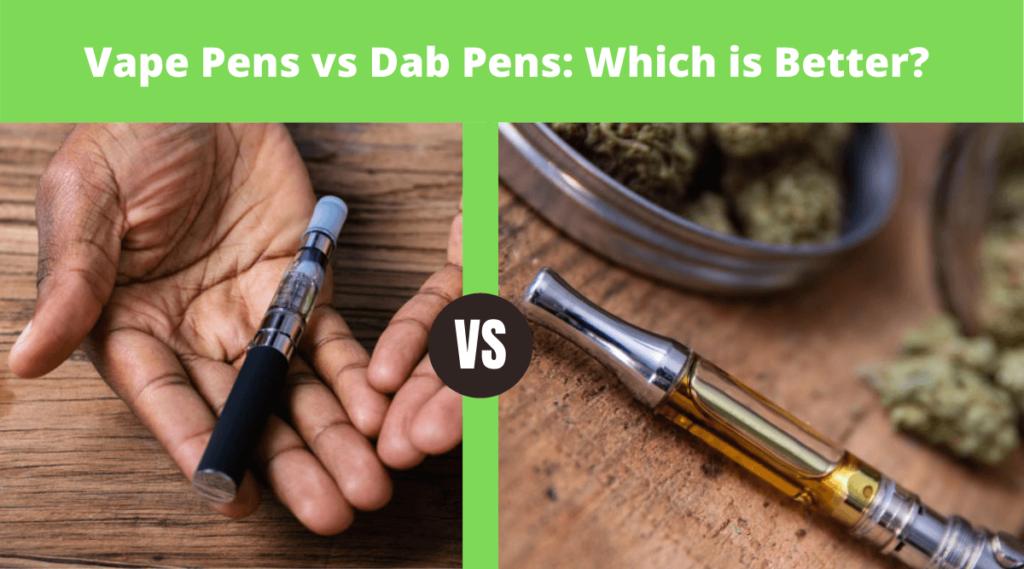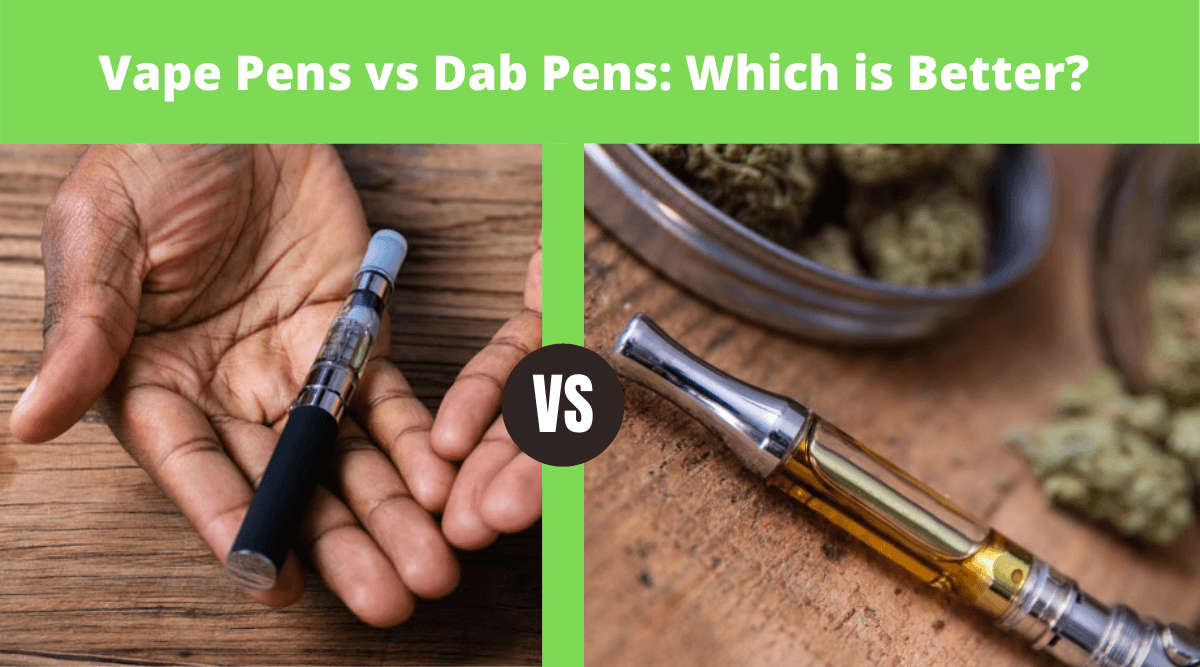
Marijuana users have little trouble coming up with new and inventive ways to get high. For years, the majority of cannabis users had no choice except to smoke a joint, blunt, or bowl. People tried edibles on occasion but preferred the ritual of smoking marijuana.Then came dabbing and vaping, which dramatically changed the game. You can vaporise cannabis concentrates as well as smoke marijuana flower with both options. THC levels in concentrates are quite high, often reaching 90 percent.
Due to the popularity of these new options, a dispute over which is superior has unavoidably arisen. This article compares and contrasts dabbing vs vaping to help you determine which is best for you. To be clear, we only use a vape pen or dab rig for concentrates, not cannabis flowers.
First and foremost: What Exactly Is Dabbing? What Is Vaping, Anyway?
If you can’t tell the difference between dabbing and vaping, don’t feel bad or out of the loop. It’s a perplexing field with a lot to keep in mind. Dabbing is also a sort of vaporising, which doesn’t help matters. Both of these methods involve inhaling cannabis extracts.
Dabbing is the process of vaporising marijuana concentrates such as shatter, wax, crumble, and so on with a dab rig. Vaping is most commonly associated with the use of a vaporizer and specially made e-liquids or e-juices, as well as concentrates.
A vape pen does not burn the substance. Instead, the device warms it to just below the point at which it combusts, producing a vapour that you inhale. Proponents argue that it is healthier than smoking because it produces less carcinogens. Vapor inhalation may be less irritating to the nose and lungs. Furthermore, vapour does not emit a harsh stench that lingers.
Dabbing exposes the material to higher temperatures than vaping, which eventually causes it to combust.
Is There a Difference Between a Vape and a Dab Pen?
Between a dab pen and a vape pen, the heating mechanics are vastly different. The user heats a titanium (or quartz or ceramic) nail in a dab rig (which is effectively a bong with a nail instead of a bowl). They then dab the wax over it and inhale the resulting vapour through the rig’s mouthpiece.
Instead of heating the oil, an electric heating coil in a vape pen chamber heats the air. The active cannabinoids (THC, CBD, etc.) and terpenes are drawn out of the oil and into the chamber air when the temperature is high enough. The end result is a pleasant, clear vapour that is easy to inhale.
A vape pen is more convenient and portable in general. You can put one in your pocket and carry it about with you. A dab rig isn’t going to fit in your pocket, no matter how hard you try! However, because of advancements in dabbing, there are now choices on the market that may allow for more portability.
A dab rig, according to expert users, delivers more THC per hit than a vape pen. This is due to the fact that many vaporizers deliver precise doses every hit. With a higher level of cannabis taken, dabbing provides a more “free” feeling.
However, because vape pens usually feature temperature settings, vaping allows for more temperature control. Depending on the type of concentrate, this can make a significant difference in the flavour and vapour produced.
It’s helpful to know more about what happens to the plant material when you heat it, whether you dab or vape. You can, however, confine your investigation to conductive and convective heating.
Heating via Conductivity
This is a common method of heating in dab rigs. When a heat source is applied directly to a substance, it is referred to as conduction. Because of its efficiency, this makes sense for heating a cannabis concentrate. It does, however, expose the material to far higher temperatures than vaping.
The temperature of the nail could exceed 1,000 degrees Fahrenheit when heated. This is much above the temperature required for combustion to occur.
Heating via Convection
This sort of heating is used in vape pens. The plant material is vaporised by convection, which employs hot air. When the air reaches a certain temperature, it heats the concentrate, allowing the cannabinoids to be extracted. This technique likewise converts the substance to a vapour without causing it to burn.
Ceramic coils are being used in an increasing number of pens to avoid direct touch. This procedure ensures that the oil does not burn and that no dangerous compounds are discharged.
Is it true that dabbing is healthier than vaping?
Which marijuana consumption method is the healthiest? People on both sides of the vaping vs. dabbing debate say that their preferred approach is safer. In general, both approaches are considered to be healthier than smoking cannabis.
In actuality, vaping is likely to be a healthier alternative to dabbing. This is because there is a lower risk of inhaling burned material.
Dabbing necessitates the application of extremely high temperatures. As a result, even if you’re really careful, you’ll almost certainly combust some of the concentrate and inhale it with the vapour. You should only inhale the active cannabis derived from the carrier oil during vaping.
You should, however, take this idea with a grain of salt. Vaping is unquestionably more healthful than dabbing. The e-liquid you vape, on the other hand, is possibly far more harmful than pure dabbing concentrates like waxes or shatter. This is due to production processes. For example, proper viscosity is required for vaporisation in cannabis e-liquids and vape juices. This necessitates a more liquid feel in the products than pure cannabis concentrates. If you’ve ever manufactured a concentration like BHO wax, you’ll know that it’s thick and sticky instead of being as clean as oils.
Cutting the natural concentrate with carrier oils transforms it into a liquid ideal for vaping. Toxic thinning compounds like propylene glycol and ethylene oxide, which are recognised carcinogens, are even used by manufacturers. Is it preferable to occasionally breathe burnt plant stuff rather than evaporated carcinogens? Both strategies have their drawbacks in terms of health.
